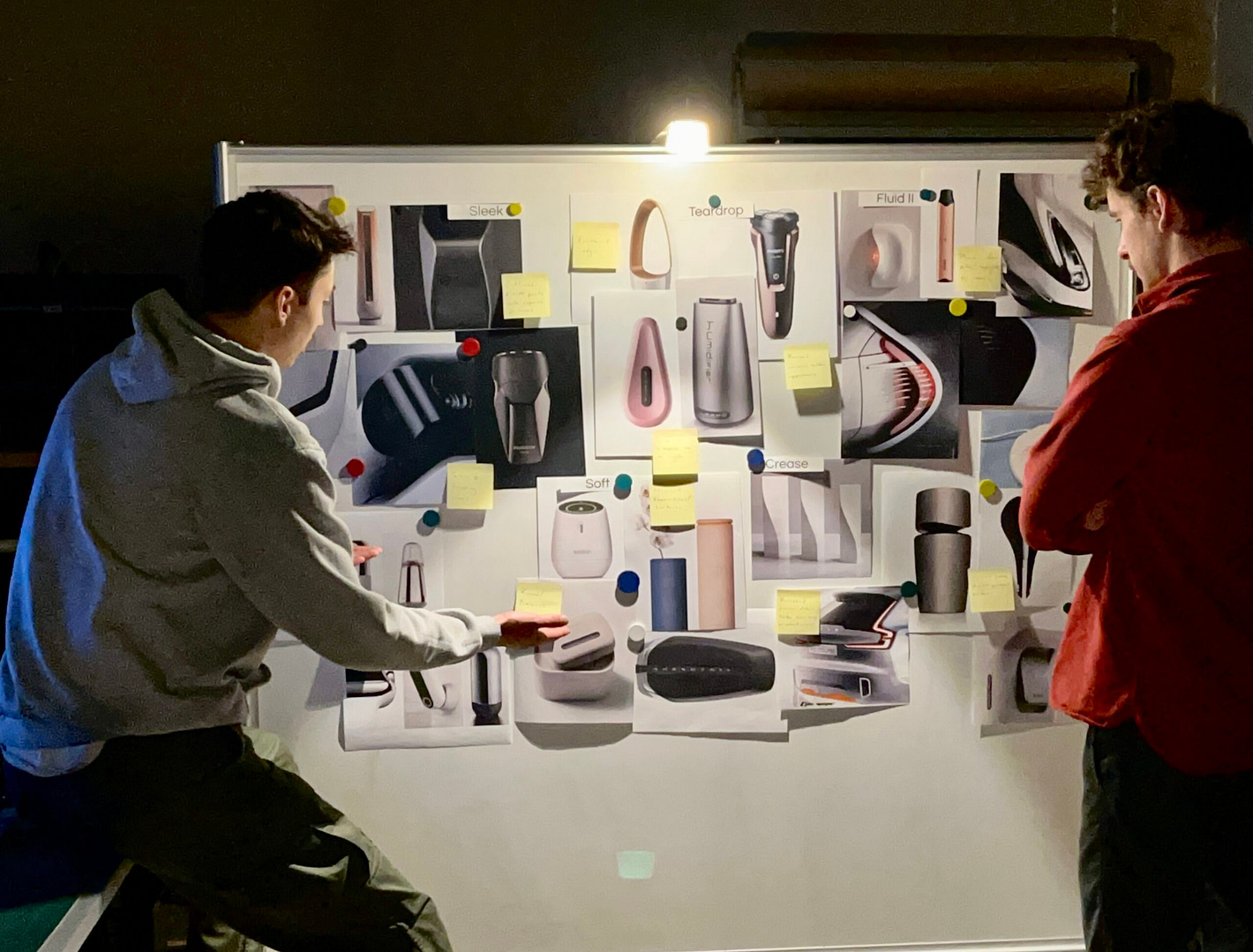In a time of rapid advances in technology integrations and digital tools, a design that impacts every area of industrial product development is easier to efficiently bring to market. This means that designers have an opportunity to spend more time adapting a human-centered approach that follows developing product trends, ensuring consumer-based innovations such as sustainability, accessibility, and efficient integrations that lead to breakthrough design adaptations for the latest products.
We took a closer look at the top developing trends at the close of 2022 to help inform where the industry is heading in 2023 and beyond.
- The Human-Centered Approach to Design
Integrating user research, user experience, prototyping, journey mapping, etc… when applying a human-centered approach to design provides clear context around human behaviors, thoughts, and actions when developing solutions. Among the current consumer concerns and interests that impact design are cost savings, accessibility, sustainability, and additional trends that are highlighted in the sections below.
Understanding the specific psychological and emotional factors helps designers adapt their products and results in higher consumer satisfaction and loyalty. Collaborative teams can improve their human-centered design approach by brainstorming and drawing from their existing professional experiences and individual backgrounds to strengthen innovation.
- Accessibility Options in Design
Whether design teams are creating a new product or improving the accessibility of an existing one, both tangible and digital product designs are becoming less expensive to produce, leaving an opportunity to adapt designs that incorporate more accessibility options for all consumers, including those with physical, mental, or operational limitations.
Focusing on digital design that is easy on the eyes by diminishing the effects of blue light, like dark mode, and providing personalization options can help ensure an optimal user experience. Offering clear accessibility options and switches to enhance readability and ease of use is an expanding trend to integrate into a product’s digital interface.
- Minimalist User Experience
Aesthetics is a massively impactful consideration across product design and development. Promoting consumer interaction leads to product success, and the current trends lean towards clean, minimalist design and integration.
Usability is paramount, and inclusivity is the name of the game when it comes to typography and the overall visual experience for digital design. Minimalist, readable fonts with a simple and unique branded twist show a move towards friendlier, simple accessibility for users across various industries.
A minimalist interface and icons that provide a navigable consumer experience, enhance efficiency, and help ensure that micro-interactions adapted within the design are engaging and not distracting or creating a negative user experience.
- Stylish, Yet Cost Efficient Design
Designing quality consumer-driven products includes incorporating marketable trends based on benefits that are passed down to the consumer.
Well-designed high-performance products are easier to prototype and distribute thanks to CAD, CAE, AI integrations, and other advanced tools. These tools enable lower design overhead and earlier time to market than ever before. As that cost-savings is passed on to the consumer, this trend in innovation will continue to develop and grow in popularity among designers.
- Energy-Efficient and Sustainable Design
Your product’s carbon footprint says a lot to buyers about your business practices and whether they will purchase from you and show brand loyalty. Consumers are more committed to energy savings and sustainability than ever before. Finding ways to conserve the planet’s resources is among the top priorities today and into the foreseeable future.
Even more than cost-savings, today’s consumers have access to product research and are performing benefit comparisons across designs and choosing those that include sound energy savings and sustainability practices, including:
- Scarcity of raw materials
- Ease of supply chain and production, including governance
- Cradle-to-cradle or full lifecycle assessment
- Ease of re-use or recycling in new products
- Independent labels and certifications on sustainability
- Ease of disassembly and similar separation techniques
- Overall environmental footprint
CHOI Design Group is committed to collaborative partnerships with developers to bring quality products to market. To inquire about how we can help incorporate our expertise into your next design project, contact us today.




